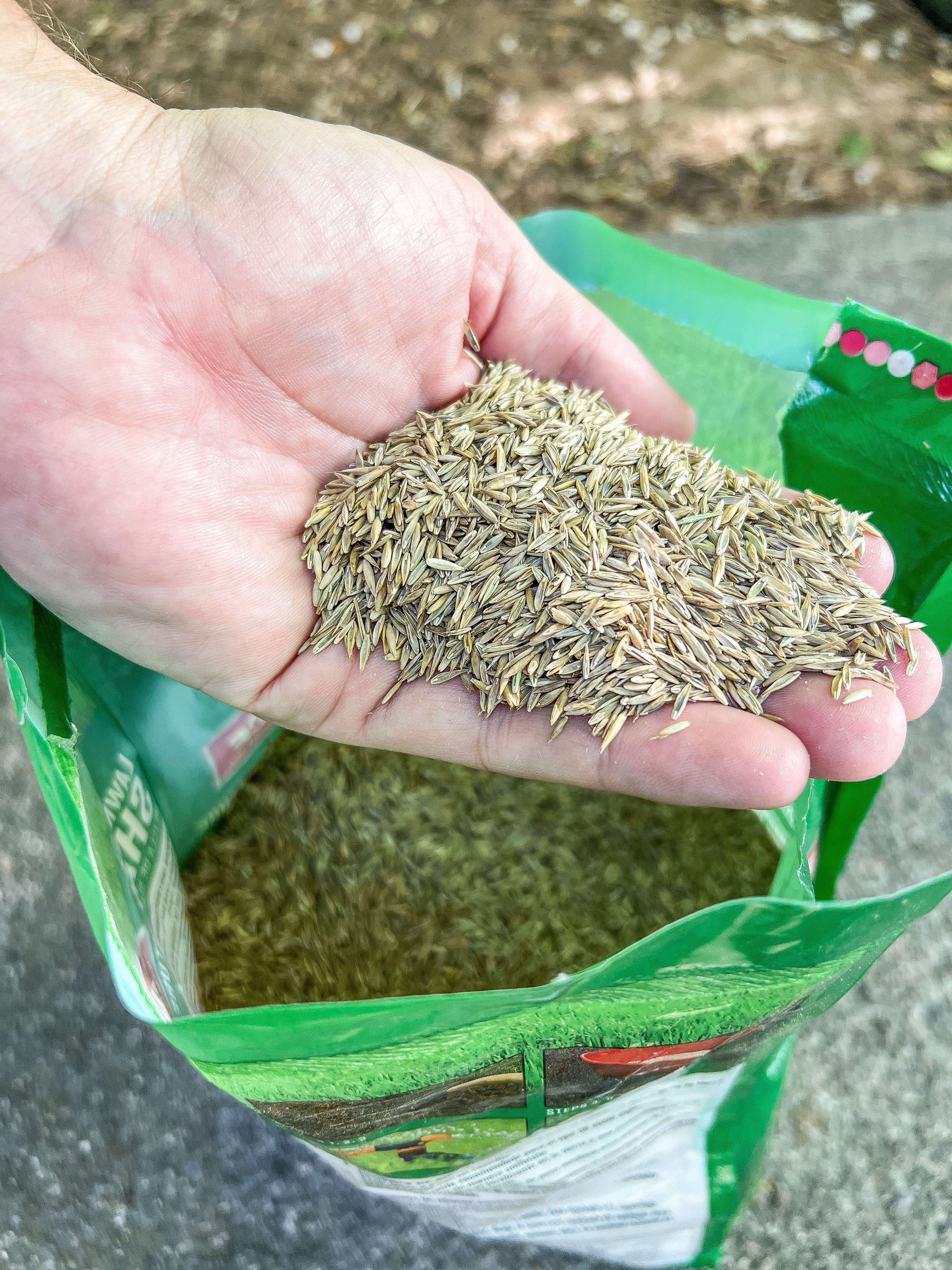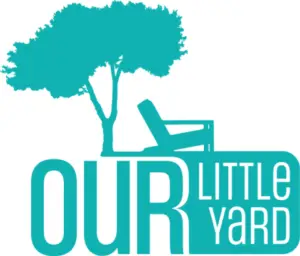It was a rainy weekend and we had no plans, so we decided to clean out our basement. If you are thinking that this does not sound enjoyable, then clearly you have never experienced the satisfaction of taking four years of accumulated baby clothes and toys to Goodwill. Amid all the abandoned kids’ stuff, which dominated most of our basement storage, was a forgotten bag of grass seed. Grass seed isn’t cheap, and I really hate wasting things, so I wondered if it could still be used.
I checked the bag for an expiration date and found one stamped on the bottom. We missed it by about one year.
Does Grass Seed Go Bad After the Expiration Date?
I called the customer service number on the manufacturer’s website to get more information, and I learned that the date stamped on the bag is more of a “best used by” date. Grass seed does eventually go bad, but not exactly on the date printed on the bag. In many cases, you can use the seed even after the date printed on the bag, provided you have stored it properly (keep reading for more on that).

Can You Use Expired Grass Seed?
Using your seed after the date on the bag could mean that you will have fewer seeds that germinate (10% to 20% less germination for each year past the date on the bag). However, you can still likely grow some new grass.
Since my old bag of grass seed was only one year past the recommended use date, the representative recommended that I use more grass seed than the prescribed amount to make up for the “expired” seeds in my bag.
How Should I Store Grass Seed?
In order to make sure your grass seed maintains an optimal rate of germination for as long as possible, there are a few simple guidelines for storing it.
- First, you’ll need to seal the bag well once it has been opened. Moisture or contaminants in the bag can cause the grass seed to rot over time. Therefore, I suggest using heavy duty tape such as packing tape or duct tape to keep your grass seed fresh until the next planting season.
- Second, you will want to keep the bag in a dry area. In our case, this meant storing it in our temperature controlled basement, instead of the damp shed in our backyard. You’ll want to choose a location that allows for minimal changes in heat and moisture, and with as little light as possible. Remember that grass is a plant that is activated by light.
When does grass seed go bad?
It’s best to use grass seed within the same season that it’s purchased from the store, so it probably doesn’t make sense to “stock up” on it if your favorite product is on sale. Using a bag that is even one or two years old could reduce the seeds’ efficacy.
As I mentioned before, you can counteract this by using more seed than recommended to make up for this loss.
How Can I Tell When My Grass Seed Has Gone Bad?
There is not a simple, immediate visual test to determine that your grass seed has gone bad. You can either test it by applying it in your yard as directed on the package and waiting for the results, or by doing a germination test in a small controlled environment (like a seed tray or plastic cup) inside your home. Either way, you will need to wait at least 8-10 days for the results to find out if your grass seed has gone bad.
Does Any Type of Grass Seed Last Longer Than Others?
There are many different types of commercially available grass seeds, with blends created based on tolerance to shade, sun, and water levels. All grass seeds are subject to losing their potency over time or if the bag is not properly sealed.
If It’s Not the Seed, Then Why Is My Grass Not Growing?
Most people with experience taking care of a lawn have, at one time or another, had a troublesome patch of grass. There are several factors impacting grass growth, so the problem may not necessarily be the efficacy of the seeds themselves.
- Water: If your grass growth is stunted or it’s turning brown, the problem could be the amount of water it’s getting. Water is especially important during the period when the root systems of your grass are getting established. Most lawns require about 1 to 1.5 inches of water each week. If you live in an area where rainfalls do not consistently reach this amount, you may need to supplement with watering.
- Soil Nutrients: Grass seed needs potassium, nitrogen, and phosphorus to grow properly. If you aren’t seeing growth in the amount of time specified on your bag of grass seed, you may need to apply fertilizer. Most commercially available fertilizers contain the optimal ratio of potassium, nitrogen, and phosphorus, as well as other nutrients that support grass growth. You can improve your chances of success by applying fertilizer before you plant grass seed. You can apply a second round of fertilizer four to eight weeks after planting. Check the instructions on your grass seed bag to make sure your blend doesn’t require a different fertilizing protocol.
- Light: All grass needs sunlight to grow, yet not all types of grass seed can thrive in areas with lower light levels. Grass seed blends are created and sold based on the amount of shade they tolerate, so you’ll need to verify that the seed you used is compatible with the locations you are applying it. Here are some guidelines for using the various types of grass seed blends:
| Grass Seed Blend | Type of Grass Seed Typically Used | Hours of Sunlight |
|---|---|---|
| Full sun | Kentucky Bluegrass, Tall Fescue, Zoysia | Eight or more hours of full, direct sunlight |
| Medium or moderate sun | Bermuda, Buffalo, Zoysia | Four to six hours of direct sunlight |
| Shade tolerant | Rye, Red Fescue, St. Augustine | Four hours of partial or dappled sunlight |
Most lawns encompass more than one category. Choose a mix of different seed blends to customize your grass seed application for the best chances for success.
